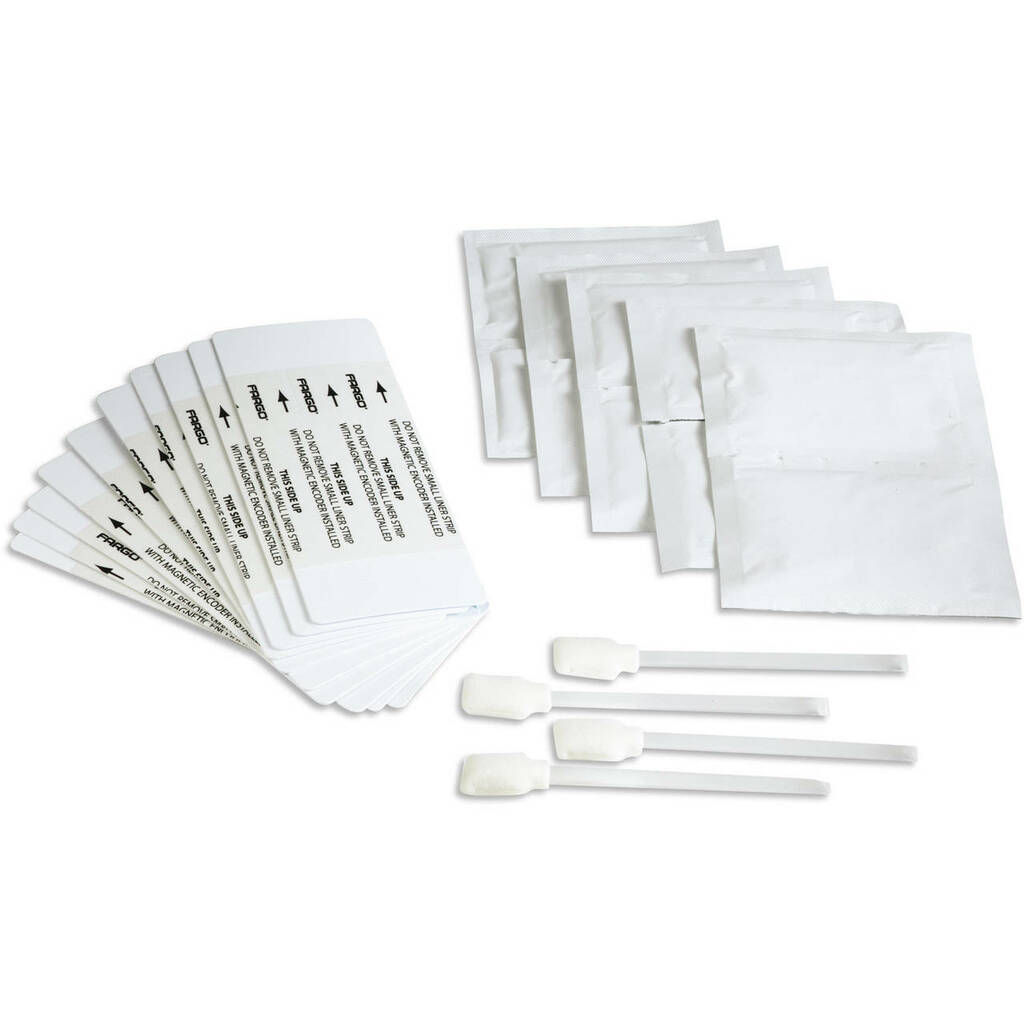Being a factory-certified warranty service provider, we have serviced a lot of card printers.
So trust us when we say: "we've seen it all." And one thing that we see more often than not are printers being sent in due to damage that could have been avoided.
When buying a new card printer, you expect a certain level of productivity and reliability - and so do we. Which is why we never sell a printer that does not pass our quality assurance checks. But life is unpredictable, everything mechanical eventually wears out, and sometimes things break, which is unavoidable.
Not all damage is unavoidable, though. Regardless of the type (direct-to-card or retransfer), make, or model of your printer, it is bound to get dirty from a variety of sources. Our cards are manufactured and packaged in a dedicated clean room facility. As a result, there is no dust or debris, and the cards are pristinely clean. Because of this process, the cards also contain some static electricity - which attract dust and tiny debris. Beyond manufacturing, your hands also carry a collection of dust, debris, and natural oils. Finally, the ink itself which is contained on the ribbons can collect and harden, which can damage the printer as well. As a result, these contaminants can build up on the printhead, rollers, and throughout the printer.
With the buildup of debris, printer rollers can have trouble moving cards through the printer due to the cards slipping, which can result in card jams. Debris can also accumulate on the print head, resulting in white lines appearing across the length of the card. Eventually, the accumulation of debris can even lead to complete failure of the printhead, which would result in the printhead needing to be replaced. Some printers come with a lifetime printhead warranty. But for most printers outside of their warranty window, a printhead replacement is an expensive repair.
Signs you might need to clean your printer
Basically, as soon as your printer's quality begins to diminish, it would be a good idea to clean your printer. Some common signs to look for are:
- Poor image quality
- Printing issues such as smudging, blank lines the length of your card (could be a sign of print head damage)
- Problems with card feeding and card jams
- Ribbons that are breaking or tearing
So how often should you clean your printer?
Well, the general industry recommendation is to clean your printer every 750 to 1,000 cards. But there are many factors that go into how often a printer should be cleaned. Therefore, we recommend cleaning your printer more often than the general recommendation.
- If you use your card printer regularly, we recommend cleaning it after every ribbon change. Printer ribbons average 200-300 prints per ribbon, so at the minimum, we recommend cleaning your printer more frequently than the general recommendation.
- If you use your card printer sparingly, in addition to cleaning it with every ribbon change, we recommend cleaning your printer monthly to ensure it is ready to go when you need it.
- If you use your card printer seasonally, again, in addition to cleaning it with every ribbon change, we recommend cleaning it at the end of your season and again at the beginning of your next season. Dust and debris can (and will) accumulate in the offseason, so you will want to clear it out before you begin printing again.
How to clean your printer
Each printer has its own cleaning instructions. Those instructions can be found in the printer manual that comes with the printer, and many manufacturers have also created how-to videos for cleaning their printers.
Each printer also uses its own cleaning products. Our website features cleaning supplies for every printer that we carry, along with supplies for older printers that we no longer sell, but still support.
If you are unsure which cleaning products you need, call or email us and let our team of IDEXPERTS help!

